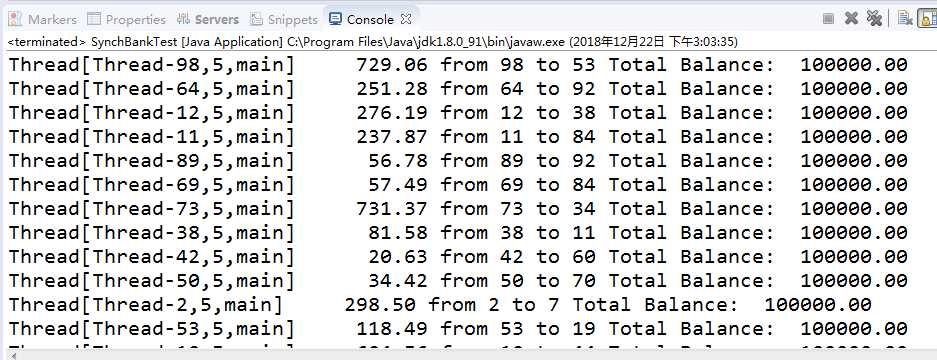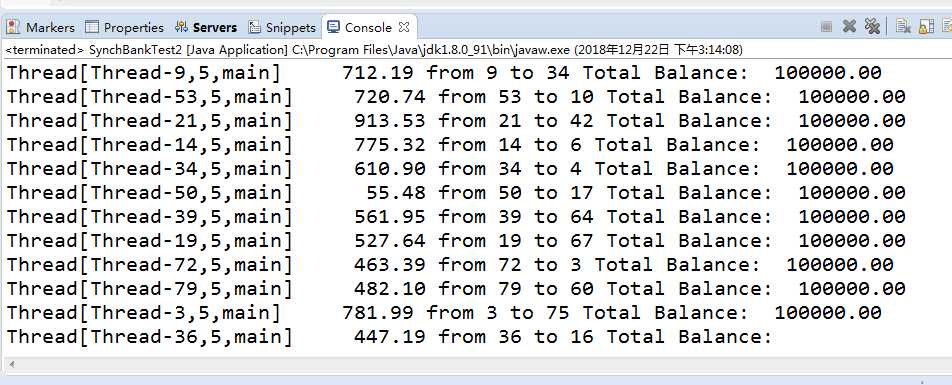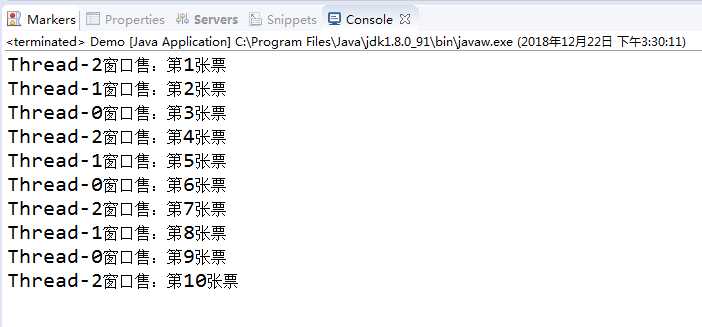谁能说说二乔玉兰,白玉兰和紫玉兰的区别?
Posted
tags:
篇首语:本文由小常识网(cha138.com)小编为大家整理,主要介绍了谁能说说二乔玉兰,白玉兰和紫玉兰的区别?相关的知识,希望对你有一定的参考价值。
谁能说说二乔玉兰,白玉兰和紫玉兰的区别?最好能有图片和解释,谢谢

二乔玉兰:
二乔玉兰也叫做朱砂玉兰、苏郎木兰等,它是木兰与玉兰的杂交树种,属于落叶小乔木或者灌木,叶片呈倒卵形,为有光泽的绿色,3月~4月为花期,花色一般为紫红色、白色等。二乔玉兰花朵大而花色艳,观赏性强,属于城市绿化中必选的优良树种。

白玉兰:
白玉兰属于木兰科落叶乔木。因良好的适应能力,在中国长江流域及福建、广东、广西、云南等省区栽培极盛。又名木兰、玉兰等。高达17米,花狭钟形,颜色为白色。叶薄革质,长椭圆形或披针状椭圆形,叶柄长1.5-2厘米,疏被微柔毛。花期大约为4-9月份。玉兰花不仅具有药用、食用及较高的观赏价值,还是大气污染地区很好的防污染绿化树种。

紫玉兰:

三者同属乔木,主要区别在于开花形状、生长环境、分布范围的区别。
详见扩展:
二乔玉兰(学名:Magnolia soulangeana Soul.-Bod.),中文名二乔木兰,又名朱砂玉兰,属木兰目,属木兰科大灌木或乔木。高6~10m,为玉兰和木兰的杂交种。叶倒卵形、宽倒卵形,先端宽圆,1/3以下渐窄成楔形。主要分布于中国大陆的广州、杭州、昆明;

白玉兰(学名:Michelia alba DC.),是玉兰花中开白色花的品种。又名木兰、玉兰等。落叶乔木,高达17米,中国著名的花木,北方早春重要的观花树木,上海市市花,有2500年左右的栽培历史,为庭园中名贵的观赏树。

紫玉兰(学名:Magnolia liliiflora Desr.),木兰科木兰属,又名木兰、辛夷,为中国特有植物,分布在中国云南、福建、湖北、四川等地,生长于海拔300米至1,600米的地区,一般生长在山坡林缘。紫玉兰花朵艳丽怡人,芳香淡雅,孤植或丛植都很美观。

白玉兰是玉兰花中开白色花的品种。又名木兰、玉兰等。木兰科落叶灌木或小乔木,树高一般2—5米或高可达15米。花白色,大型、芳香,先叶开放,花期10天左右。中国著名的花木,北方早春重要的观花树木。原产中国中部各省,现北京及黄河流域以南均有栽培。现世界各地均已引种栽培。
紫玉兰(学名:Magnolia liliiflora),是玉兰花中开紫色花的品种。木兰科紫玉兰属落叶灌木或小乔木,地栽高3至5米,又名木兰、辛夷,为中国特有植物,分布在中国云南、福建、湖北、四川等地,生长于海拔300米至1,600米的地区,一般生长在山坡林缘。追问
这是什么花?


由于可以种籽繁殖,这种是串种的白玉兰。纯种白玉兰通体都是白色。


哦,谢谢,请问二乔玉兰和紫玉兰的区别呢?最好能有图片,网上都混在一起,分不清楚
201771010128王玉兰《面向对象与程序设计(Java)》第十七周学习总结
第一部分:理论基础
线程的同步
多线程并发运行不确定性问题解决方案:引入线 程同步机制,使得另一线程要使用该方法,就只 能等待。
在Java中解决多线程同步问题的方法有两种: - Java SE 5.0中引入ReentrantLock类。 - 在共享内存的类方法前加synchronized修饰符。
解决方案一:锁对象与条件对象
用ReentrantLock保护代码块的基本结构如下: myLock.lock(); try { critical section } finally{ myLock.unlock(); }
有关锁对象和条件对象的关键要点:
锁用来保护代码片段,保证任何时刻只能有一个线程执行被保护的代码。
锁管理试图进入被保护代码段的线程。
锁可拥有一个或多个相关条件对象。
每个条件对象管理那些已经进入被保护的代码段但还不能运行的线程。
解决方案二: synchronized关键字
synchronized关键字作用:
?某个类内方法用synchronized 修饰后,该方法被称为同步方法;
?只要某个线程正在访问同步方法,其他线程欲要访问同步方法就被阻塞,直至线程从同步方法返回前唤醒被阻塞线程,其他线程方可能进入同步方法。
第二:实验部分
实验目的与要求:
(1) 掌握线程同步的概念及实现技术;
(2) 线程综合编程练习
2、实验内容和步骤
实验1:测试程序并进行代码注释。
测试程序1:
l 在Elipse环境下调试教材651页程序14-7,结合程序运行结果理解程序;
l 掌握利用锁对象和条件对象实现的多线程同步技术。
package synch;
import java.util.*;
import java.util.concurrent.locks.*;
/**
* A bank with a number of bank accounts that uses locks for serializing access.
* @version 1.30 2004-08-01
* @author Cay Horstmann
*/
public class Bank
{
private final double[] accounts;
private Lock bankLock;
private Condition sufficientFunds;
/**
* Constructs the bank.
* @param n the number of accounts
* @param initialBalance the initial balance for each account
*/
public Bank(int n, double initialBalance)
{
accounts = new double[n];
Arrays.fill(accounts, initialBalance);
bankLock = new ReentrantLock();
sufficientFunds = bankLock.newCondition();//在等待条件前,锁必须由当前线程保持。
}
/**
* Transfers money from one account to another.
* @param from the account to transfer from
* @param to the account to transfer to
* @param amount the amount to transfer
*/
public void transfer(int from, int to, double amount) throws InterruptedException
{
bankLock.lock();//加锁
try
{//锁对象引用条件对象
while (accounts[from] < amount)
sufficientFunds.await();//造成当前线程在接到信号或被中断之前一直处于等待状态。
System.out.print(Thread.currentThread());
accounts[from] -= amount;
System.out.printf(" %10.2f from %d to %d", amount, from, to);
accounts[to] += amount;
System.out.printf(" Total Balance: %10.2f%n", getTotalBalance());
sufficientFunds.signalAll();//如果所有的线程都在等待此条件,则唤醒所有线程
}
finally
{
bankLock.unlock();//解锁。
}
}
/**
* Gets the sum of all account balances.
* @return the total balance
*/
public double getTotalBalance()
{
bankLock.lock();
try
{
double sum = 0;
for (double a : accounts)
sum += a;
return sum;
}
finally
{
bankLock.unlock();
}
}
/**
* Gets the number of accounts in the bank.
* @return the number of accounts
*/
public int size()
{
return accounts.length;
}
}
package synch;
/**
* This program shows how multiple threads can safely access a data structure.
* @version 1.31 2015-06-21
* @author Cay Horstmann
*/
public class SynchBankTest
{
public static final int NACCOUNTS = 100;
public static final double INITIAL_BALANCE = 1000;
public static final double MAX_AMOUNT = 1000;
public static final int DELAY = 10;
public static void main(String[] args)
{
Bank bank = new Bank(NACCOUNTS, INITIAL_BALANCE);
for (int i = 0; i < NACCOUNTS; i++)
{
int fromAccount = i;
Runnable r = () -> {
try
{
while (true)
{
int toAccount = (int) (bank.size() * Math.random());
double amount = MAX_AMOUNT * Math.random();
bank.transfer(fromAccount, toAccount, amount);
Thread.sleep((int) (DELAY * Math.random()));//在指定的毫秒数内让当前正在执行的线程休眠
}
}
catch (InterruptedException e)
{
}
};
Thread t = new Thread(r);
t.start();//使线程开始执行
}
}
}
运行结果:

测试程序2:
l 在Elipse环境下调试教材655页程序14-8,结合程序运行结果理解程序;
l 掌握synchronized在多线程同步中的应用。
package synch2;
import java.util.*;
/**
* A bank with a number of bank accounts that uses synchronization primitives.
* @version 1.30 2004-08-01
* @author Cay Horstmann
*/
public class Bank
{
private final double[] accounts;
/**
* Constructs the bank.
* @param n the number of accounts
* @param initialBalance the initial balance for each account
*/
public Bank(int n, double initialBalance)
{
accounts = new double[n];
Arrays.fill(accounts, initialBalance);
}
/**
* Transfers money from one account to another.
* @param from the account to transfer from
* @param to the account to transfer to
* @param amount the amount to transfer
*/
public synchronized void transfer(int from, int to, double amount) throws InterruptedException
{
while (accounts[from] < amount)
wait();//添加一个线程到等待一个集中
System.out.print(Thread.currentThread());
accounts[from] -= amount;
System.out.printf(" %10.2f from %d to %d", amount, from, to);
accounts[to] += amount;
System.out.printf(" Total Balance: %10.2f%n", getTotalBalance());
notifyAll();//解除当前线程的阻塞状态
}
/**
* Gets the sum of all account balances.
* @return the total balance
*/
public synchronized double getTotalBalance()
{
double sum = 0;
for (double a : accounts)
sum += a;
return sum;
}
/**
* Gets the number of accounts in the bank.
* @return the number of accounts
*/
public int size()
{
return accounts.length;
}
}
package synch2;
/**
* This program shows how multiple threads can safely access a data structure,
* using synchronized methods.
* @version 1.31 2015-06-21
* @author Cay Horstmann
*/
public class SynchBankTest2
{
public static final int NACCOUNTS = 100;
public static final double INITIAL_BALANCE = 1000;
public static final double MAX_AMOUNT = 1000;
public static final int DELAY = 10;
public static void main(String[] args)
{
Bank bank = new Bank(NACCOUNTS, INITIAL_BALANCE);
for (int i = 0; i < NACCOUNTS; i++)
{
int fromAccount = i;//内部类的使用
Runnable r = () -> {
try
{
while (true)
{
int toAccount = (int) (bank.size() * Math.random());
double amount = MAX_AMOUNT * Math.random();
bank.transfer(fromAccount, toAccount, amount);
Thread.sleep((int) (DELAY * Math.random()));
}
}
catch (InterruptedException e)//抛出异常
{
}
};
Thread t = new Thread(r);
t.start();
}
}
}
运行结果;

测试程序3:
l 在Elipse环境下运行以下程序,结合程序运行结果分析程序存在问题;
l 尝试解决程序中存在问题。
|
class Cbank { private static int s=2000; public static void sub(int m) { int temp=s; temp=temp-m; try { Thread.sleep((int)(1000*Math.random())); } catch (InterruptedException e) { } s=temp; System.out.println("s="+s); } }
class Customer extends Thread { public void run() { for( int i=1; i<=4; i++) Cbank.sub(100); } } public class Thread3 { public static void main(String args[]) { Customer customer1 = new Customer(); Customer customer2 = new Customer(); customer1.start(); customer2.start(); } } |
package demo1;
class Cbank
{
private static int s=2000;
public static void sub(int m)
{
int temp=s;
temp=temp-m;
try {
Thread.sleep((int)(1000*Math.random()));
}
catch (InterruptedException e) { }
s=temp;
System.out.println("s="+s);
}
}
class Customer extends Thread
{
public void run()
{
for( int i=1; i<=4; i++)
Cbank.sub(100);
}
}
public class Thread3
{
public static void main(String args[])
{
Customer customer1 = new Customer();
Customer customer2 = new Customer();
customer1.start();
customer2.start();
}
}
运行结果:

实验2 编程练习
利用多线程及同步方法,编写一个程序模拟火车票售票系统,共3个窗口,卖10张票,程序输出结果类似(程序输出不唯一,可以是其他类似结果)。
Thread-0窗口售:第1张票
Thread-0窗口售:第2张票
Thread-1窗口售:第3张票
Thread-2窗口售:第4张票
Thread-2窗口售:第5张票
Thread-1窗口售:第6张票
Thread-0窗口售:第7张票
Thread-2窗口售:第8张票
Thread-1窗口售:第9张票
Thread-0窗口售:第10张票
public class Demo {
public static void main(String args[]) {
Mythread mythread = new Mythread();
Thread t1=new Thread(mythread);
Thread t2=new Thread(mythread);
Thread t3=new Thread(mythread);
t1.start();
t2.start();
t3.start();
}
}
class Mythread implements Runnable{
int t=1;
boolean flag=true;
public void run() {
while (flag) {
try {
Thread.sleep(500);
}
catch(InterruptedException e)
{
e.printStackTrace();
}
synchronized(this) {
if(t<=10) {
System.out.println(Thread.currentThread().getName()+"窗口售:第"+t+"张票");
t++;
}
if(t>10) {
flag=false;
}
}
}
}
}
运行结果:

实验总结:本周是学习的内容是同步线程,解决多线程同步问题的两种方案,分别是锁对象与条件对象引用和 synchronized关键字。在实验课上收获了当注释调代码sufficientFunds.await();会出现死锁状态等知识,感受颇多。注意点有:线程如果用完同步方法,应当执行notifyAll()方 法通知所有由于使用这个同步方法而处于等待的 线程结束等待。线程如果用完同步方法,应当执行notifyAll()方 法通知所有由于使用这个同步方法而处于等待的 线程结束等待。以后会坚持学习Java。
以上是关于谁能说说二乔玉兰,白玉兰和紫玉兰的区别?的主要内容,如果未能解决你的问题,请参考以下文章